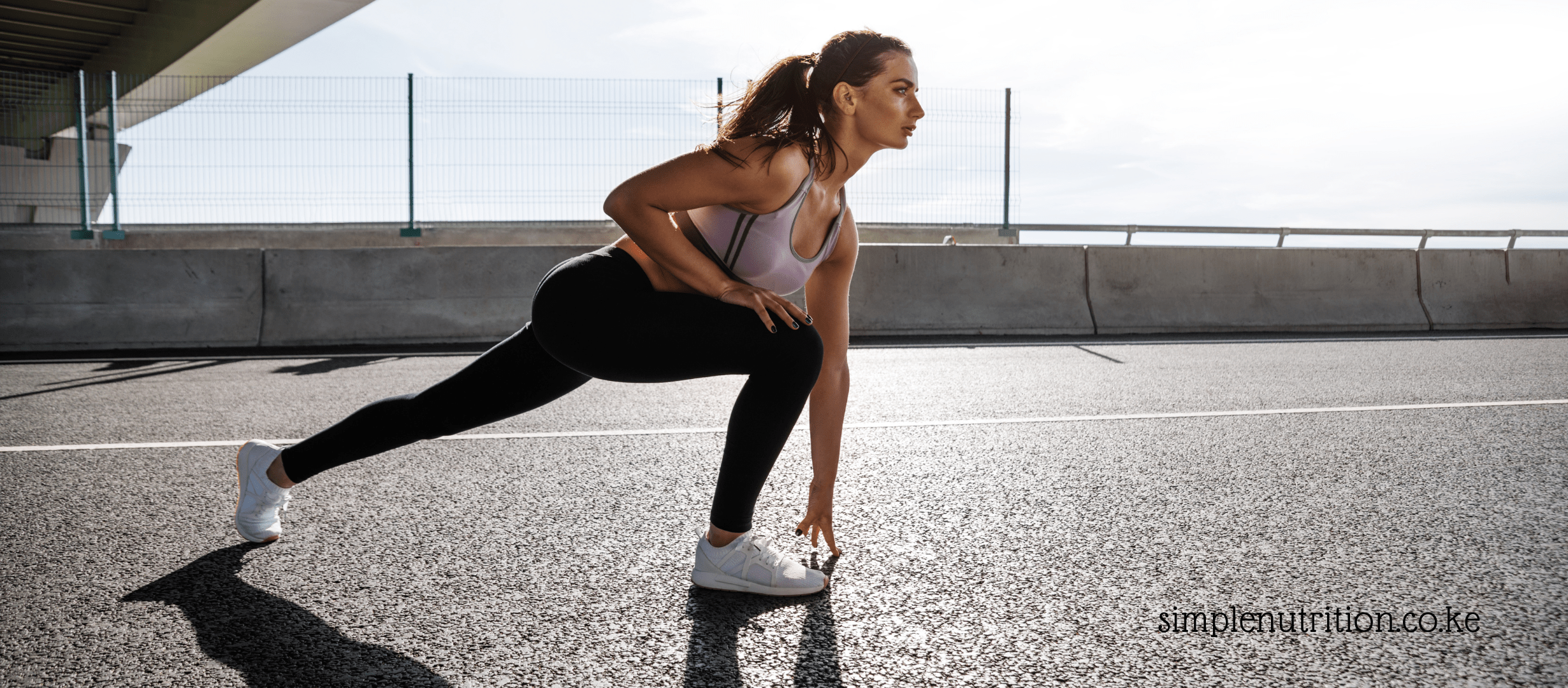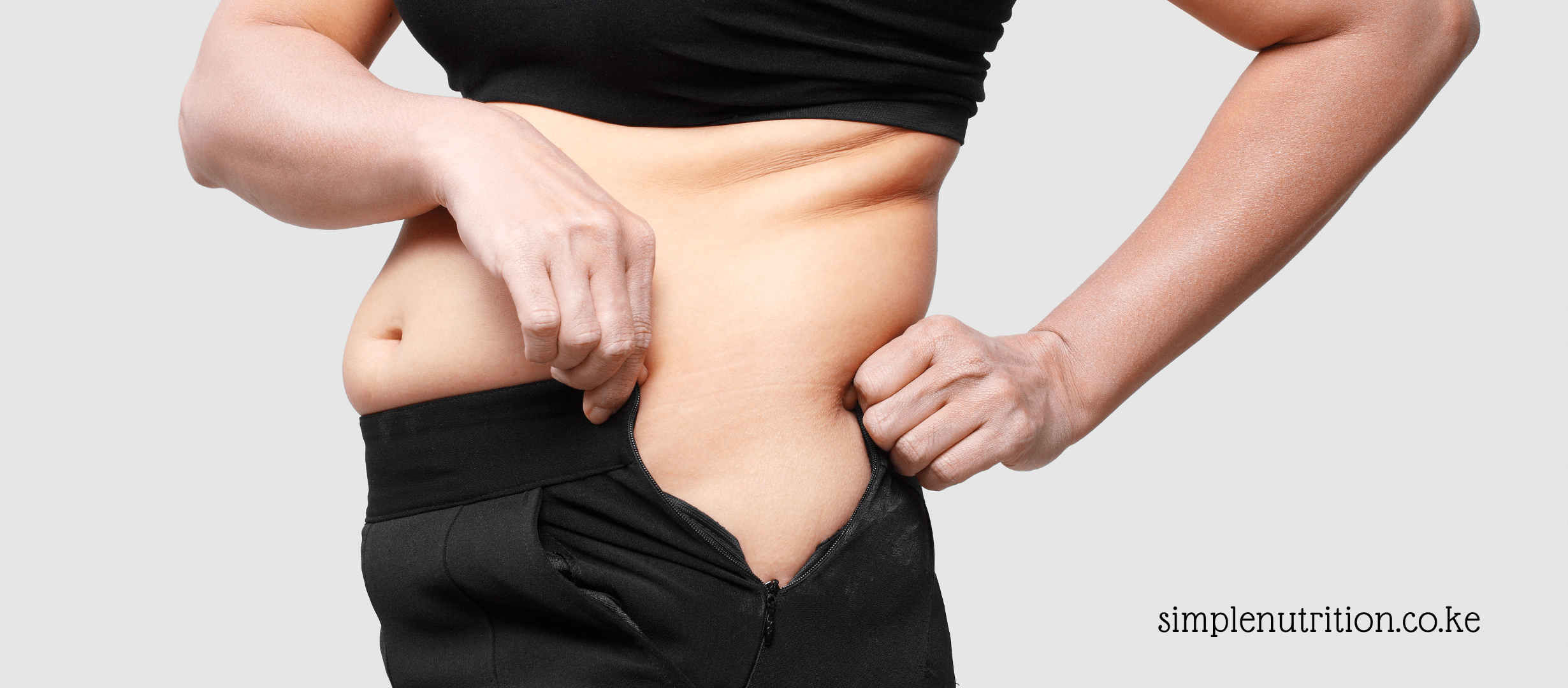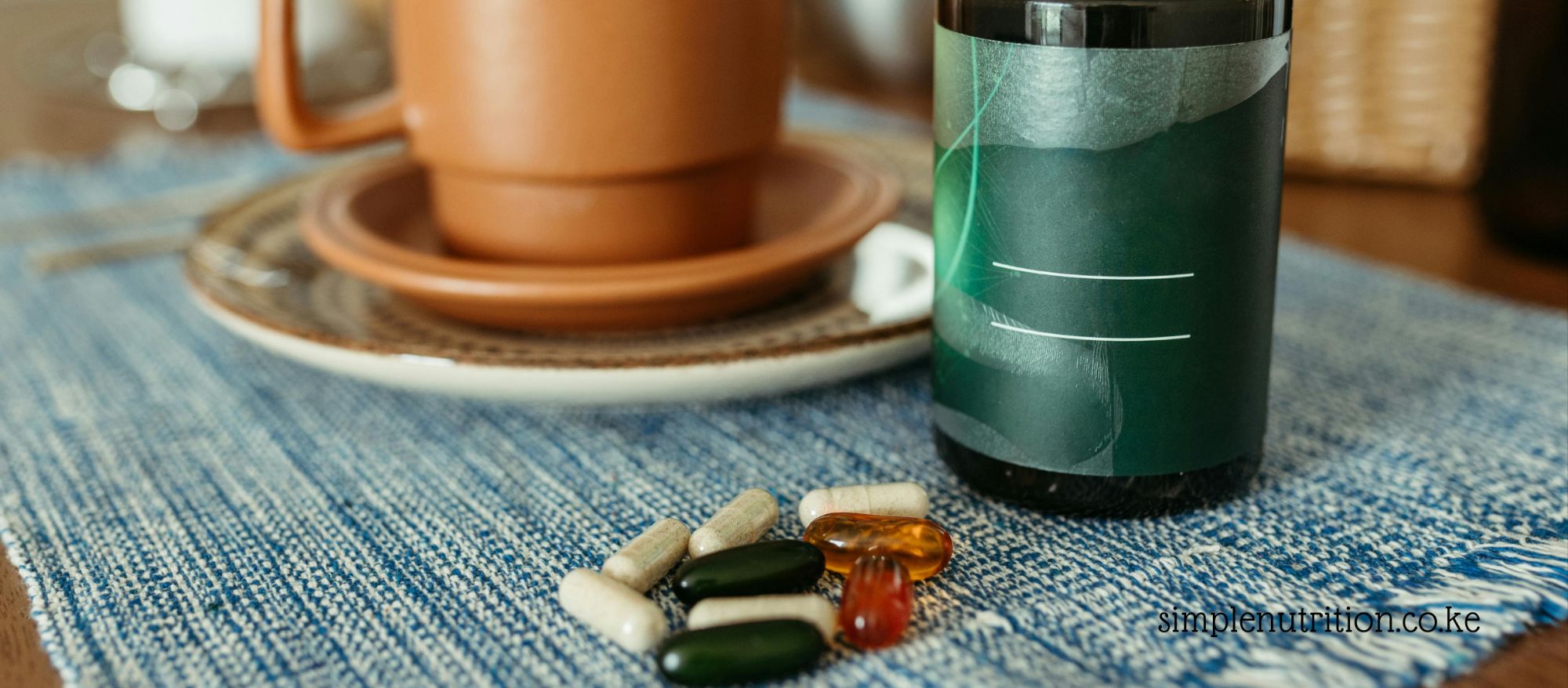The diabetes plate method is indeed an important tool for managing portion control and making balanced food choices, without feeling overly restricted. It promotes a more mindful eating, ensuring that individuals with diabetes get a variety of nutrients without causing significant blood sugar spikes.
While it’s true that some fruits may need to be consumed in moderation due to their natural sugars, they can still be enjoyed as part of a well-rounded diet. The key is to balance them with other food groups and be mindful of portion sizes.
By simplifying meal planning and providing a clear visual guide, the diabetes plate method empowers individuals to make healthier choices while still enjoying a diverse range of foods. It’s all about finding the right balance and making sustainable lifestyle changes that support overall health and blood sugar management.
Why is a balanced diet important for diabetics?
Just like any other individual, people living with diabetes equally require their meals to be balanced.
The main food groups, including carbohydrates, proteins and fats, should all be included in the diabetes plate.
The main reason is to provide enough nutrients for the body to carry on body activities effectively, while still controlling the level of blood glucose in the body.
Lack of any important nutrients can quickly lead to deficiencies, bringing in conditions like anaemia.
What are the recommended diabetes-friendly plate options?
Diabetes food, better referred to as a diabetic-modified diet, includes regular foods that we all eat, only modified in terms of quality, quantity, and frequency to keep the blood glucose levels at normal range.
Portion control remains key when designing a plate for a diabetic individual. That is why we are discussing the plate model tool of portion control.
“Diabetes mellitus is a group of diseases that are characterized by hyperg
Carbohydrates.
Occupying a quarter of your plate, carbohydrates remain essential but are still a danger to individuals with diabetes. Of all the food groups, carbohydrates are the ones to worry most about.
Carbohydrates are the main source of energy for the body and therefore they can not be neglected.
The bias is quality over quantity. Immediately when we eat carbohydrates the body starts to seek for glucose from the carbohydrates to use as energy for the cells.
Organs like the brain are dependent on glucose to function properly, which is why when the blood glucose level goes too low, the brain also goes slow.
And soon confusion and loss of consciousness come in. Those that have a low glycemic index (how fast your body absorbs the glucose from the foods that you eat) are highly recommended. Because they will not cause sudden spikes in the level of blood glucose.
A diet containing complex carbohydrates can also help a great deal in weight management, and you’ll be able to get good control of your blood glucose level and eventually even reduce the amount of medication that you would have to take.
Some good examples of foods that are high in dietary fibre and whole grains include brown bread, yams, potatoes, brown rice, and most unrefined cereals.
Again, According to the plate model, one-quarter of your plate should be filled with carbohydrates and using the hand portion guide, the size of your fist.
Proteins
What do you think is the role of proteins for diabetics. Proteins are good for building and repair of body tissues, organs, and muscles. We have proteins sourced from plants or animals.
Both of these are important to put in the diabetes plate. Plant proteins, come highly recommended as they would provide dietary fibre in addition to the protein, and also do not have too much-saturated fat in them, a good example being beans, lentils, and soya.
Animal proteins are also recommended, as most of our B vitamins come from animal protein sources. We do not want to get to deficiencies like vitamin B12 deficiency.
However, the only caution is that most of these animal source proteins may contain too much saturated fats, and that is while lean meats like skinless chicken, fish, and lean meat are encouraged for our diabetes plate.
According to the plate model, one-quarter of your plate goes for proteins and using the hand portion guide, the size of your Palm.
Important also is important to limit the intake of over-processed meats like bacon and sausage that contain added salts and fats.
Fats
Healthy fats are quite encouraged as well, as fats too have many roles in the body, they give our body organs protection, help in the absorption of fat-soluble vitamins and give our body warmth.
However, Fats provide the most calories as compared to carbohydrates and proteins. Eating foods that are too fatty can easily lead to unwanted weight gain, making the management of diabetes extremely difficult.
What we need to do is reduce the intake of saturated fats from meat, butter, and meat products and embrace unsaturated fats like olive oils, avocado oil, and oil from seeds and nuts.
One easy way is to skin off chicken and trim off any visible fat from meats before cooking. Also, cook with very little fat.
Vegetables and fruits
Where do we get vitamins from? Majorly from fruits and vegetables.
Vitamins play a major role in boosting immunity making it easy for your body to fight diseases.
Fruits and vegetables also come with fibre which is important in moderation of blood glucose levels.
Dietary fibre is important as it slows down digestion giving your body time to utilise the glucose in your blood slowly, hence preventing any blood sugar spikes.
However, certain fruits can have too much sugar and that is why there is a need for portion control.
Dividing fruits into smaller pieces that you can eat at separate times would be better.
For vegetables, the plate model encourages you to fill half of your plate with vegetables like spinach, broccoli, cabbage, carrots and other non-starchy vegetables.
“Eating a variety of foods and watching portion sizes would provide just enough minerals you need and you wouldn’t need to worry about deficiencies. This is also important in preventing diabetes complications”
Dietary fibre
Fibre is also very important, increasing your intake of these fibre-rich foods will not only prevent you from cardiovascular diseases but it will make it very easy for you to manage your blood glucose levels.
Sources of fibre include whole grains, fruits, and vegetables. So an easy way to increase your intake of fibre is by including these foods in your diet and even as healthy snacks in between the main meals.
Foods to avoid on the diabetes plate
- Sugar beverages and desserts, most of these foods and drinks contain simple sugars and will only cause sudden blood sugar spikes.
- Processed and refined carbohydrates, these too contain simple sugars.
- Excessive fats, from fast foods and most deep-fried foods, increase cardiovascular risk, which is among the top complications of diabetes.
Take home tips.
- Drink enough water throughout the day.
- Plan your meals, write down a shopping list and go for diabetes-friendly foods.
- Monitor your blood glucose often.
- Consult a professional before starting any medication or diet plans for diabetes.
“Control of diabetes is 60% linked to diet, this means you have the power to keep your blood glucose level at a normal range. The diabetes plate is one easy way to make your diet simple, and enjoyable and still control your blood sugar.”
Discover more from Simple Nutrition
Subscribe to get the latest posts sent to your email.






